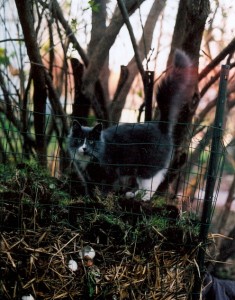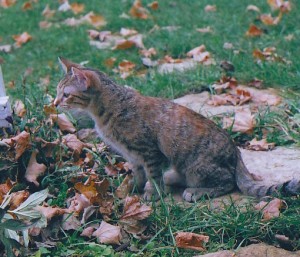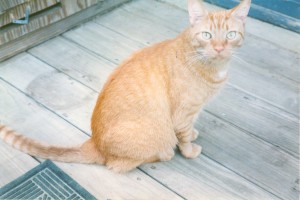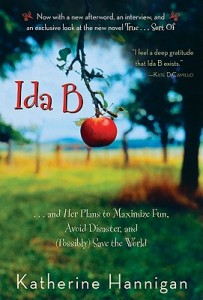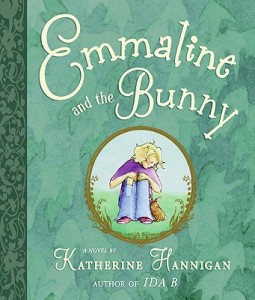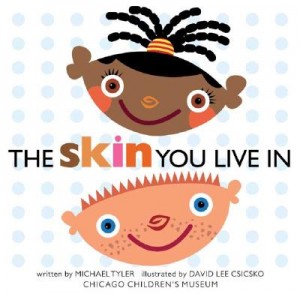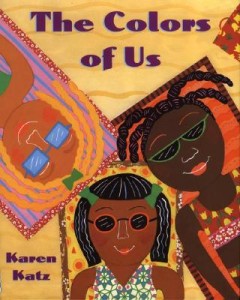I grew up in western New York with two younger brothers and all sorts of pets—cats, dogs, gerbils, a white mouse,
fish, and guinea pigs. There was always at least one animal in our house, sometimes there were two, and every once in a while there was a multitude. My favorites were my gerbil, Nerbil, and our dog, Noire (which, in French, means “black”, and she was). My happiest memories involve spending time with the animals, and horsing around outside.
When I was very young, I was so shy that if my mother tried to introduce me to people I would hide behind her legs, and sometimes I would cry. But when I was ten years old, we moved to a neighborhood with hordes of kids—over thirty of them living on our street or around the corner. Every day after school and all summer long we would play “Cops and Robbers”, “Kick the Can”, “Four-Square”, and “Kill the Guy with the Ball.” After hanging around with those kids for a while, I was not so shy anymore.
In school, I did well in most subjects, except for science. I liked art and math the most. But nobody—not my teachers or my parents or my friends—ever said to me, “You are an amazing writer. I just know you’re going to grow up and write books.” I never thought that myself, either. And now I’ve written three books, so you never know.
What were your favorite things to do when you were young?
I was a daydreamer. I was always making up stories in my head, then drawing pictures to illustrate them. I loved to draw.
And I loved to read. If I was reading a good book I wouldn’t even notice the time going by because I was in the story, seeing and doing and feeling all the things the characters saw and did and felt. That was the best.
Also, I liked playing “Kill the Guy with the Ball.” Lots of running and tackling in that game. Very fun (and a little bit dangerous).
What were you afraid of?
I absolutely refused to touch slimy, slick, or scaly animals. That included worms, snakes, frogs, fish, and the legs of any bird.
Since moving to Iowa, though, I have held worms, frogs, toads, all sorts of birds, mice, chipmunks, bunnies, rabbits, and a wild turkey (I wear leather gloves whenever I handle wild animals that have teeth, so they can’t claw or bite me). I’m still not sure I want to touch a snake, however.
Did you have a best friend? Who was it and why were you best friends?
In grade school, my best friend was Dorothy. Every day we walked home from school together. Every day, once we got to my house, she’d say, “Well, I guess I should go home.” And every day I’d talk her into staying, at least until dinner time. We played basketball in the alley behind the neighbors’ house, we played running-hiding-tackling games with the neighborhood kids, we sat on the porch and talked. I don’t really know why we were best friends. I just know she was the easiest person, ever, for me to be with.
What advice do you have for aspiring young readers and writers?
Well, I can only say what works for me.
I do think that I learned a lot about good writing—like what makes for an interesting plot, or ways characters might talk so the reader stays interested—simply by reading so many books when I was young. I didn’t realize I was learning those things; I just absorbed them as I read. So I’d say to people who want to write: read.
It takes me a long time to write a story—Ida B took a year and a half, True took even longer. If I’m going to spend that much time creating a world and the characters that live in it, I have to really love and enjoy them. So I’d also say: write about what you love or what you imagine you’d love. Write the story you’d most like to read.
Do you have a special place where you write your books?
I write in lots of places—in the big red chair in my living room, at the dining room table, in bed at night. On a nice day, I’ll write out on the patio that overlooks the meadow. What is always present wherever I write, however, is a cat (right now I have four of them). They keep me company and, most of the time, they let me work. They will not tolerate a late meal, though, even if my writing is going well and I’d like to postpone dinner a bit.
Download a copy of Katherine’s Story HERE.
Read “Your Friend, Katherine Hannigan (A Letter to Readers)” HERE.
For more about Katherine and her books, visit her author page HERE.








